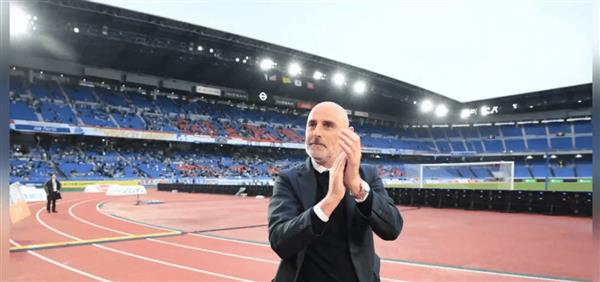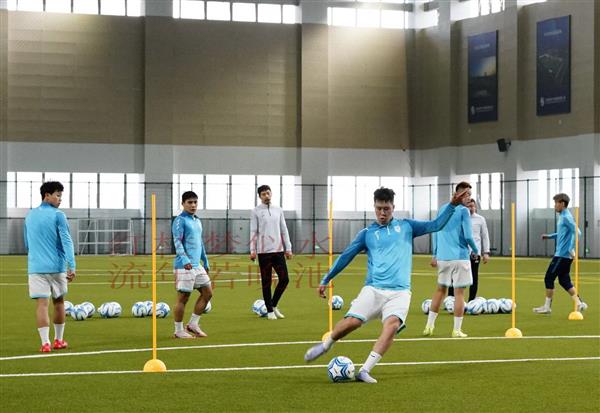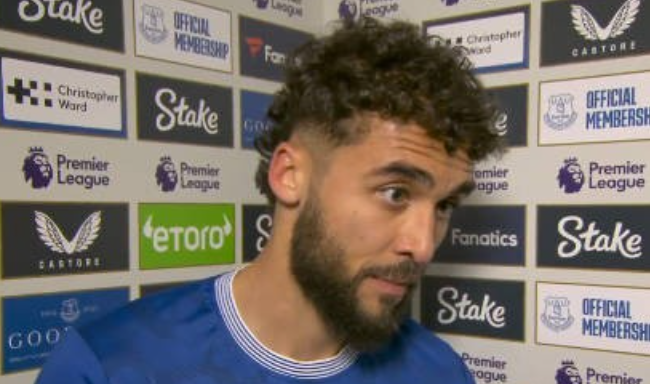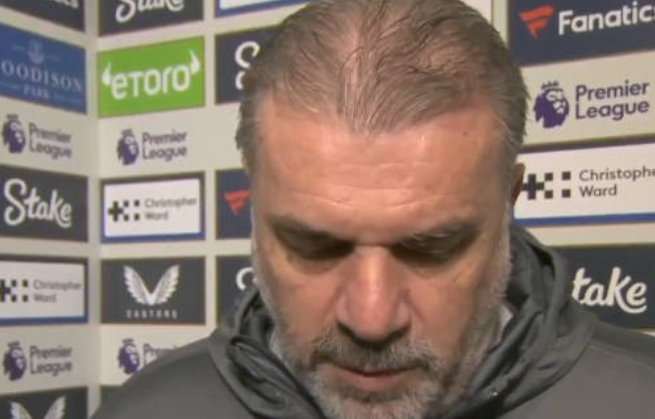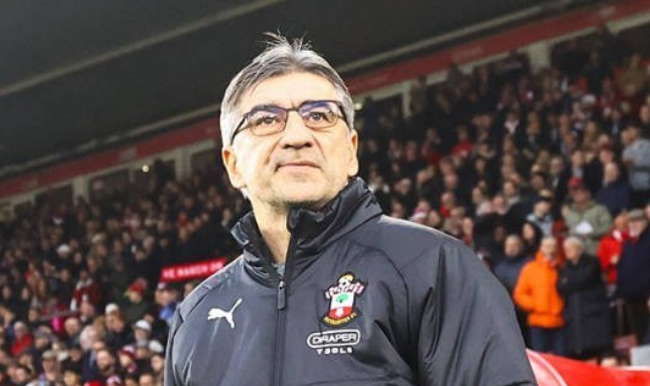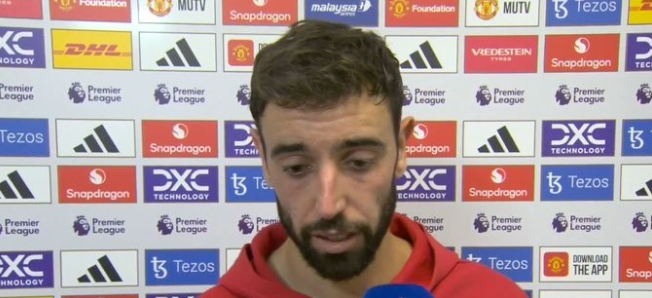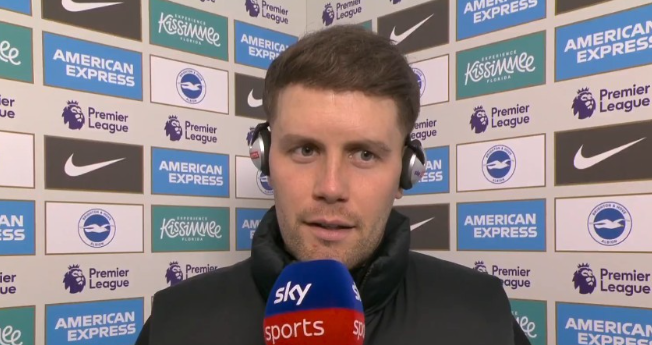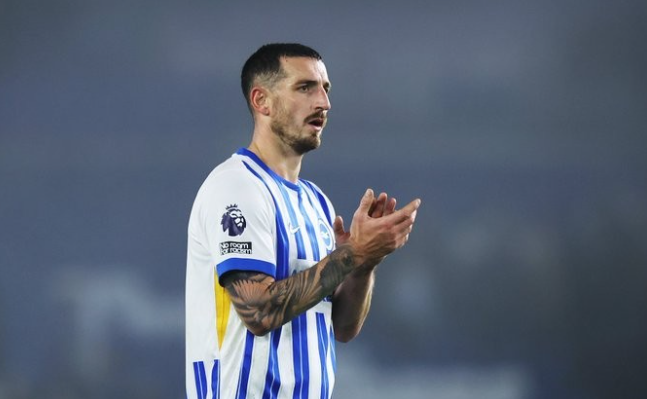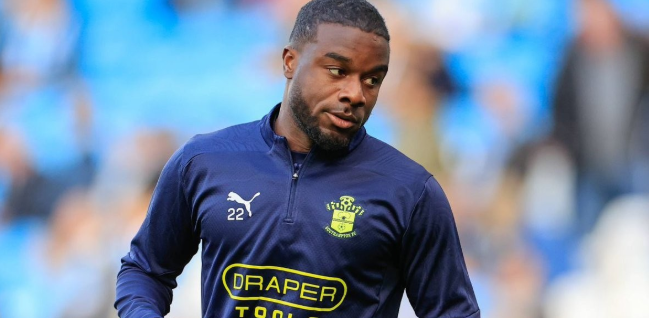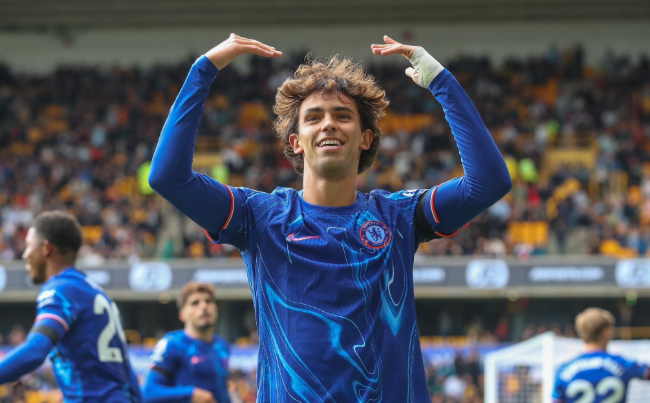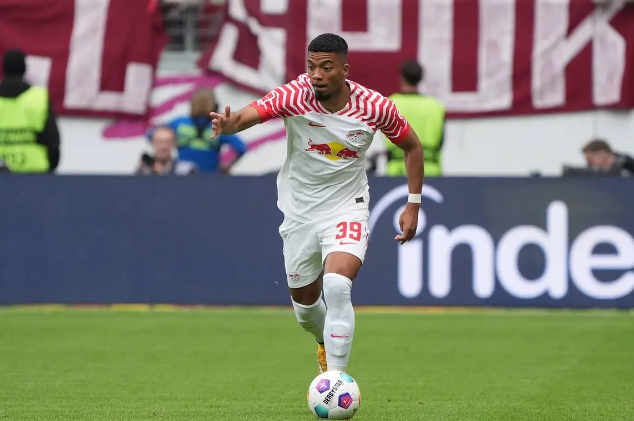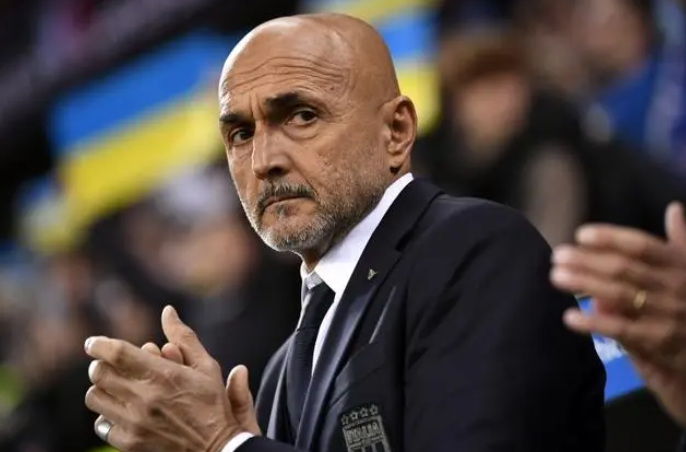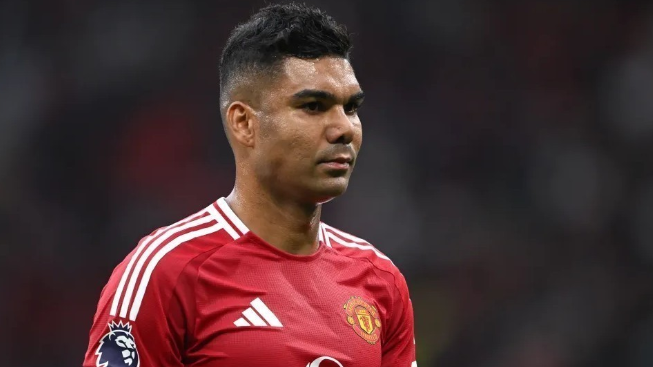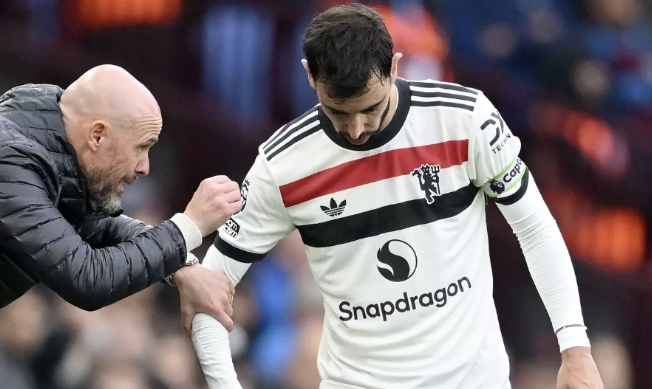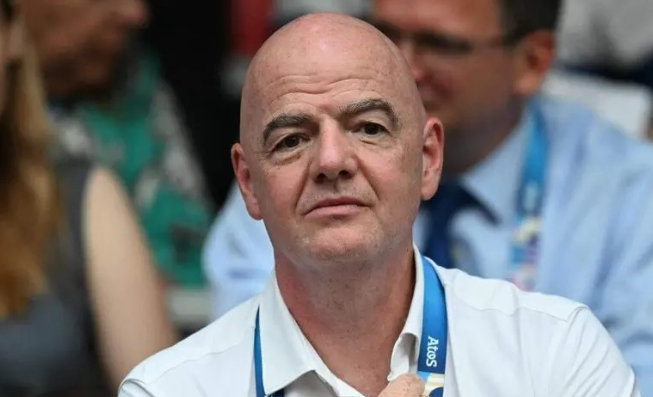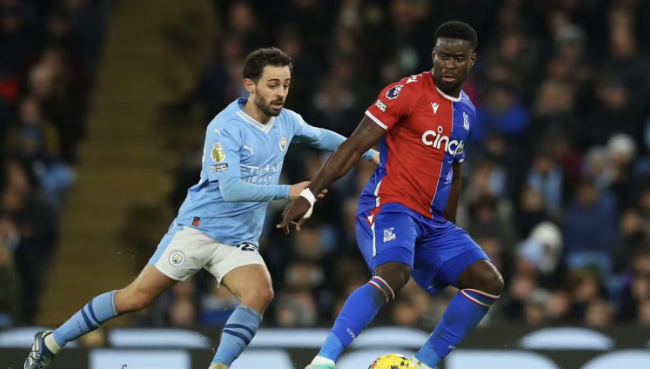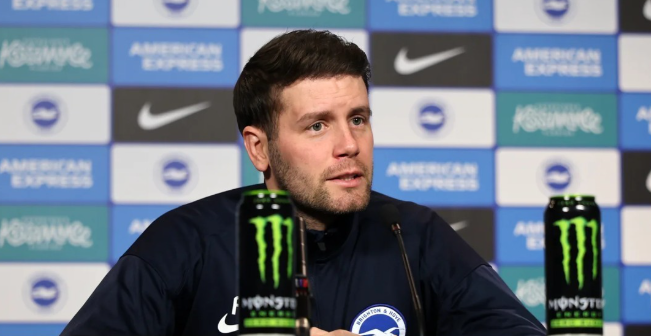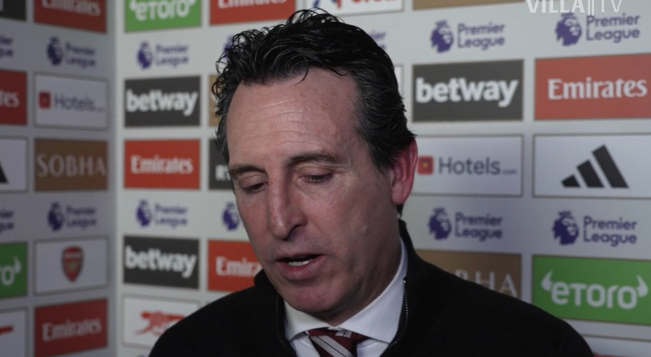Two different voices have already emerged from the Tottenham fanbase.
Has Postecoglou performed competently in his role as Tottenham manager-in-chief? In the long run, it may be too early to judge whether the Australian is doing a good job or not
Firstly, opening up the results of Tottenham's last 5 managers, Postecoglou is second only to Antonioniou in terms of average points per game in his first 32 games. Conte
Among them, Pochettino and Conte were two completely different leaders, both in terms of coaching style and team trends: Conte led the team to an extremely strong performance to win the fourth place, but they could not keep it up for the next season; Poch stumbled in the first season, but after that it built the team's style step by step and eventually reached the Champions League Final. It will be interesting and interesting to watch which manager ends up falling behind when Postecoglou seems to bring promising soccer to Tottenham in his first season in charge?
The following article is structured so that the author will review Postecoglou's tactical system and outlook for the coming year.
Postecoglou's 4-2-3-1, the spindle can probably be divided into the following points:
1. Narrow formation widths
2. Inward-facing wingbacks
3. High mobility of players' positions
November 29, 2023, home game against Aston Villa (Airdale broadcast). In the first half of figure 2 it can be noticed that the two wingbacks Porro and Udogie are positioned and form a three midfield line with the full back Bentancur, with Lo Celso and the front man Kulusevski pressing forward respectively. And while Lo Celso and Udogie often swap positions as time flows in the second half of Figure 1, the dynamic formation remains very much a clear 2-3-5, attempting to create the threat of more numerical superiority up front, which leads to differences in communication between the defenses.
The attacking option of having a five-man combination meant that Tottenham could constantly form triangles up front (top half of Figure 3), creating a localized advantage of playing more or less often, which was evident in the first half of the season; in addition, Postecoglou required a quick flow of the ball to the central midfield. Ideally, halspace is created by quick passes from the wingers and constant insertion by the midfielders or wing-backs, creating confusion in the defensive box and goal grabbing by the forwards. (Figure 3, bottom half).
The best proof of this is the fact that Spurs have already allowed the opposition to score four unanswered goals this season to become top of the league.
At the cost of the high risk of offensive transition, the attempt to gain an offensive advantage by standing so aggressively. Figure 4: man-mark
As the season progresses, more and more teams try to configure a considerable number of Tottenham backcourt, high forcing and coverage, when Tottenham organizes the loss of the ball in the backcourt, which allows for 3v3 quite threatening defensive counterattacks, with a particular emphasis on the high mobility of the player's position, assuming the scenario is that the winger or Sunstar flows to the backcourt to react and lose the ball, and by the players of the frontcourt to defend the counterattacks the picture is too beautiful not to be able to directly look at it (Fig. 4, second half)
Or another example is Brighton center back Vann Hecke staring down Maddison until the last play (Figure 4, first half), reducing errors such as communication through an extreme man-on-man configuration that clearly defines each player's defensive responsibilities.
The inbound wingback is also a target. With the wing-backs out of orthodox positions, when the defense gains possession they will quickly throw the ball to either side of the ball, allowing the center-backs to supplement the defense and leave plenty of central space for a robbing shot, a major test of Tottenham's ability to defend the middle of the field.
After a 4-0 thrashing of Tottenham Hotspur on their own home turf, Newcastle United were the ones who magnified the aforementioned shortcomings to infinity with beautiful tactical restraint.
The 4-3-3 formation on Newcastle's books actually looked more like a 3-4-3 when the ball was dropped, with Isak covering keeper Vicario's passes to Bissouma, and Gordon and Barnes manning the center backs. At the same time, we could see Heung-Fay Son trying to receive Dan at the back who was in charge of the watchful eye. Burns dutifully followed in front. with no passing options, Vicario was left to try his own inept, risky long passes, which is what every team is aiming for - to force Tottenham into long passes!
Even if you break through the mugging up front, you can see Newcastle or the Arsenal trying to compress the defense or even using 5 or 6 lines against Tottenham's front 5. If you follow Tottenham's games this season, you'll see that Tottenham always play hard, especially in the second half, against a three center back system or a team with good defensive discipline, like West Ham United. : Spurs up front, extremely compressed defense, 5 man defense vs.


